
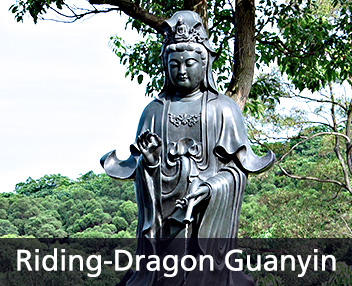
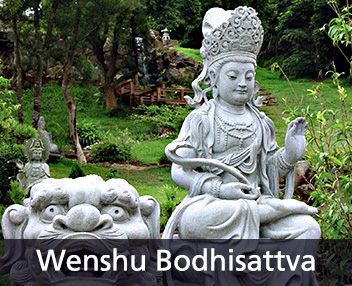
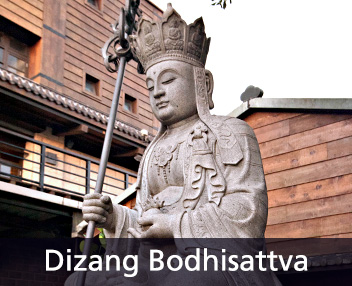
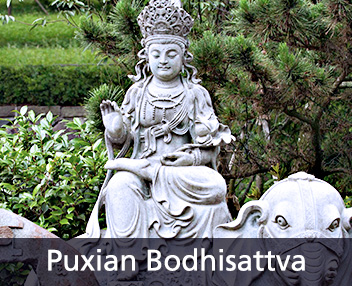
In the courtyard, there are the world’s most popular bodhisattvas, the so-called Four Great Bodhisattvas, where visitors can offer incense and pray – a very soothing religious ritual that have been practiced for millennia. Carved in blue limestone from the mainland China, the Four Great Bodhisattvas are:
1.Riding-Dragon Guanyin騎龍觀音(Avalokiteśvara), Bodhisattva of Great Compassion
Right facing the main hall in the courtyard is a Guanyin riding on a dragon, called Riding-Dragon Guanyin (qilongguanyin騎龍觀音, Avalokiteśvara), bodhisattva known for his great compassion. The phrase best capturing his compassion is “nianbi guanyin li 念彼觀音力” (“the power of thinking of Guanyin”). According to The Lotus Sutra, Guanyin’s blessing and empowerment will come as soon as one hails Bodhisattva Guanyin for help whenever and wherever; and moreover, Bodhisattva Guanyin will transform himself into various forms to accommodate whateverneeded to alleviate our sufferings. Along with the Riding-Dragon Guanyin in the courtyard, there are another 33 Guanyinin stone statue spreading out in the garden, each with its characteristic manifestation, so as to highlight Guanyin’s great compassion and power in terms of free transformation.
2. Wenshu 文殊(Mañjuśrī), Bodhisattva of Great Wisdom
On the end of the driveway from the temple’s Grand Gate to the main building are Bodhisattva Wenshu and Bodhisattva Puxian. The one holding a “wish-fulfilling (ruyi如意)” scepterriding on a lion is Bodhisattva Wenshu文殊, or Mañjuśrī in Sanskrit, meaning “wonderful glory” or “wonderful propitiousness.” Bodhisattva Wenshu is considered an embedment of the virtue of “great wisdom.” He is, in fact, a fully enlightened Buddha, and has been the teacher of many Buddhas. Dīpaṃkara Buddha (“Lamp Bearer Buddha”), Sakyamuni Buddha’s teacher in the past,was under Wenshu’s instruction to attain Buddha fruition. In the present age, Wenshumanifests himself as a bodhisattva simply to assist Sakyamuni Buddha in preaching Buddhist doctrines. For example, heguides Sudhana (Shancai Tongzi 善財童子) to seek the good wise men for enlightenment and inspires Nagaraja’s daughter (longnü龍女, dragon girl) to become a Buddha at her age of eight. Wenshu also leads Sakyamuni Buddha’s caretaker, Ananda, known for his good memory and recitation of Sakyamuni Buddha’s preachment, to compile Mahayana scriptures. He is also figure in debate with Bodhisattva Viralakirti, who appears as a layman, for what is the doctrines of the true body of the Buddha.
3.Dizang地藏 (Kṣitigarbha), Bodhisattva of Great Vow
On the lower ground courtyard, we see Bodhisattva Dizang 地藏,or Kṣitigarbha in Sanskrit, meaning “earth treasury.” Holding a jewel ball and a staff with a tin ring at the head, Bodhisattva Dizang rides on a celestialcreature called Diting諦聽 (“noble hearing”). Diting comes with a dragon’s body, tiger’s head, lion’s tail, lizard’s feet, and a unicorn; and more interestingly, he has one ear facing up and one facing down – to hear the voices even from the underworld, which echoes with Bodhisattva Dizang’s “great vows.”Bodhisattva Dizang’s best-known vow is:“Not until the hells are empty of all suffering beings shall I attain Buddha fruition.”But while saving the beings in hell, he also vows to bestow blessing upon those who follow Buddhist doctrines to make offerings to the deceased in order to help them get out of hells. Bodhisattva Dizang is therefore not only a savior of hell but also a source of infinite fortune and wealth on earth.
4.Puxian普賢(Samantabhadra), Bodhisattva of Great Practice
Bodhisattva Puxian普賢is known as Samantabhadra in Sanskrit, meaning “universal sage” or “pervasive propitiousness.” Carrying a lotus flower, he rides on a white elephant with six tusks, believed to be the same elephant appearing to Queen Maya, the mother of Sakyamuni Buddha, to herald his birth.Bodhisattva Puxian is a representative of the virtue of “great practice” – for wherever he goes, whatever he is doing, and whenever it is, whether standing, walking, sitting, or resting, he always thinks of the sentient beings. His “ten great vows” accounted in Avataṃsaka Sutra are the most popular. He vows to pay homage and makes abundant offering to all Buddhas; he also follows what all Buddhas have been teaching and practicing. Moreover, he wishes that all beings will spend a great deal of efforts to cultivate the self, including repentance, almsgiving, and rejoicing in others’ merits and virtues. Eventually, he hopes that we can all forward our cultivated merits and virtues to all others, to accommodate them and benefit all of the existences. These ten vows speak how pervasiveness Bodhisattva Samantabhadra’s “great practice” is.
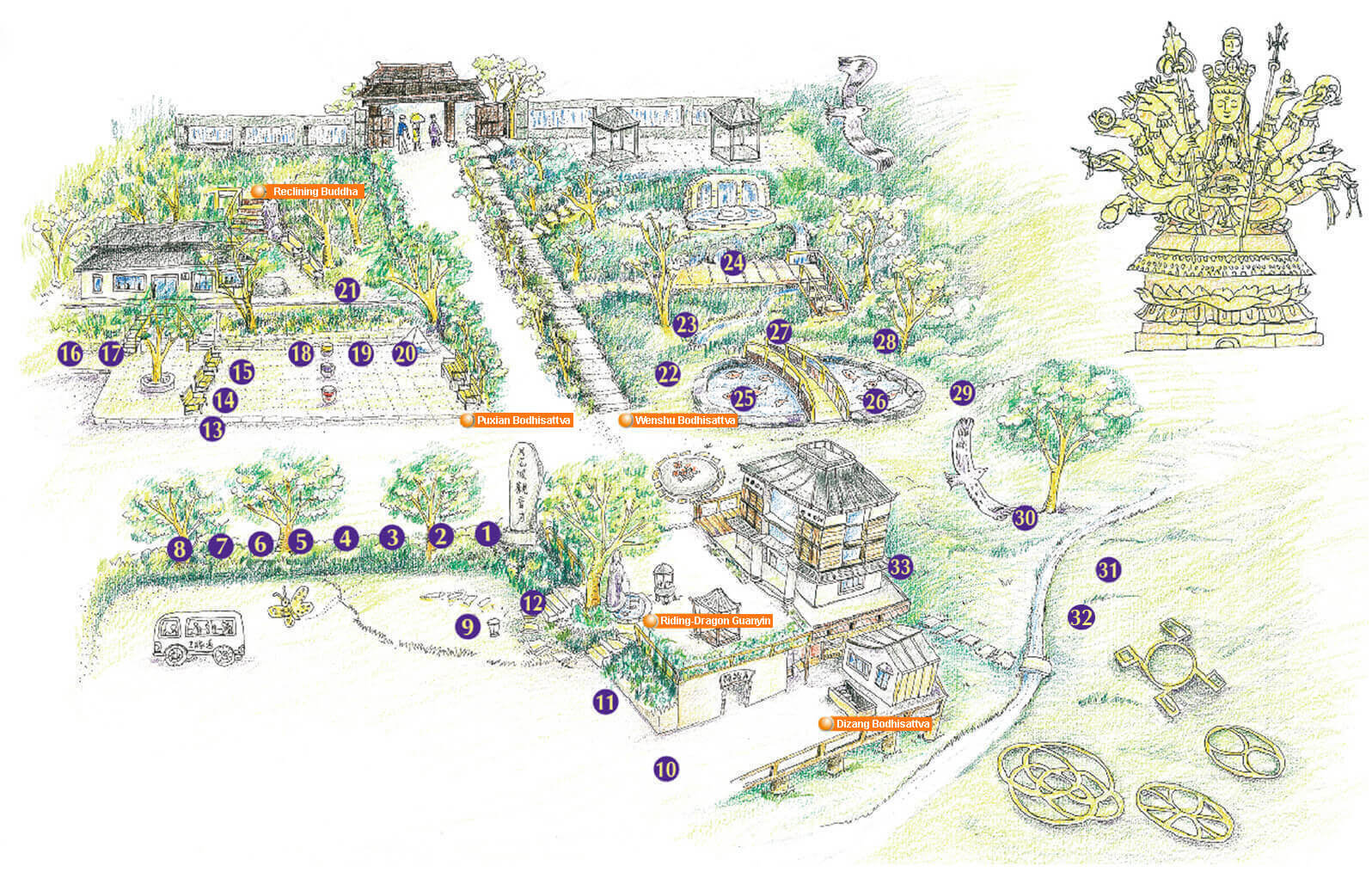
Select the number and get to know the 33 Guanyin Bodhisattvas
In the garden, there are 33 Guanyin in blue limestone spreading around. The 33 Guanyin stone statues, each with its unique manifestation and compassionate vow, has been the conspicuous trademark of Yuan-Dao Guanyin Temple. The number“33” comes from The Lotus Sutras, in which Guanyin develops himself into 33 forms to accord with the needs of those who call for help, such asbeing aBuddha, a king, a minister, a king, a monk, a nun, a woman, a child, a son giver, and the like. The 33 Guanyin statuesin various manifestations displayed in the garden is to showcase Guanyin’s 33 incarnations. Each is named by Master Lee under the Forshang Dharma Heritage in order to characterize Guanyin’s inconceivable power and far-reaching compassion.
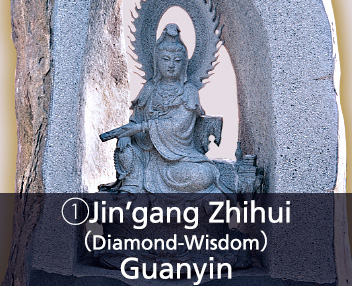
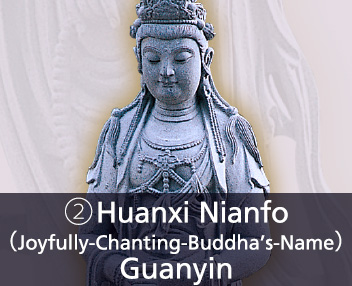
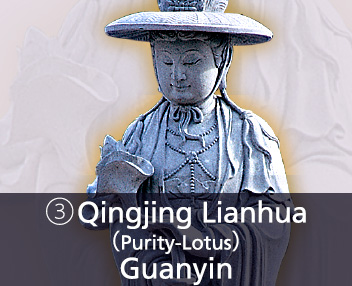
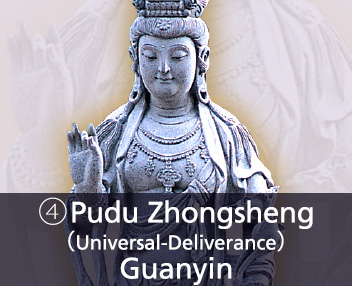
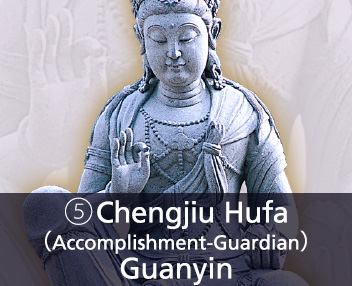
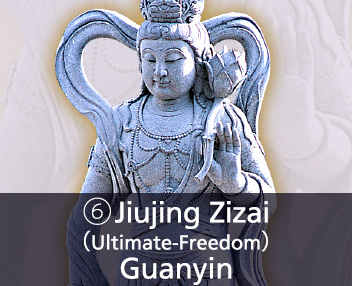
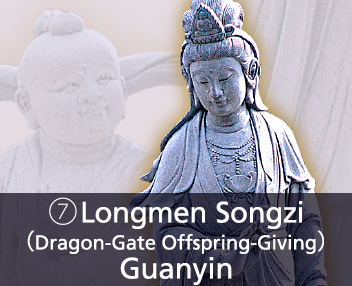
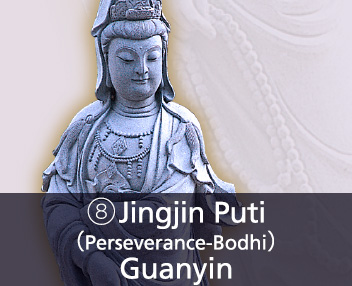
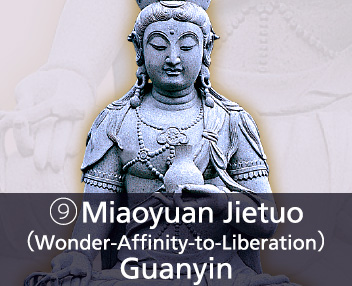
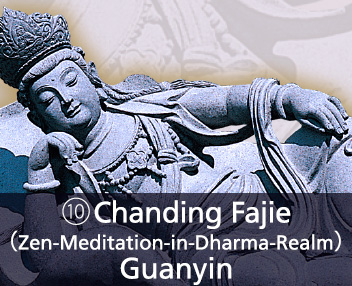
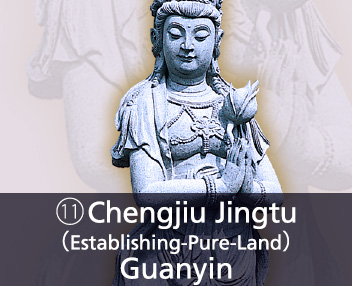
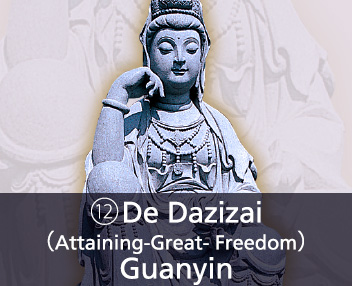
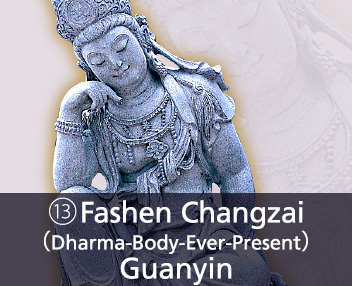
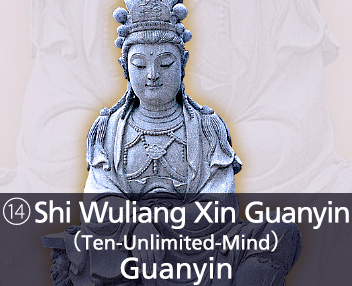
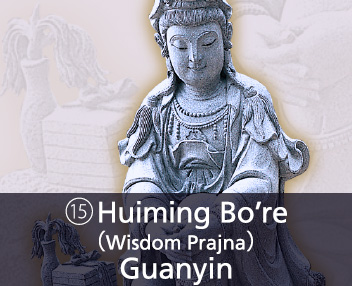
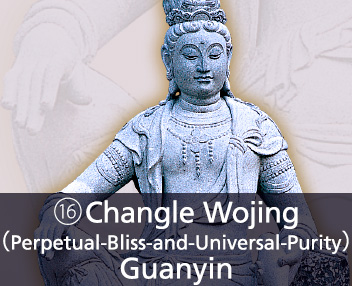
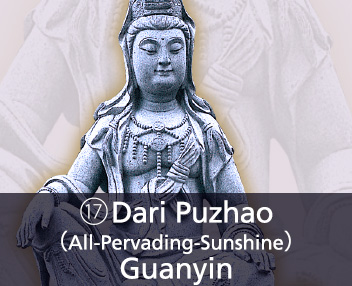
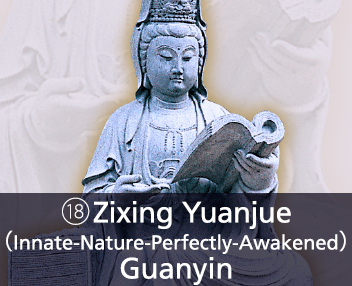
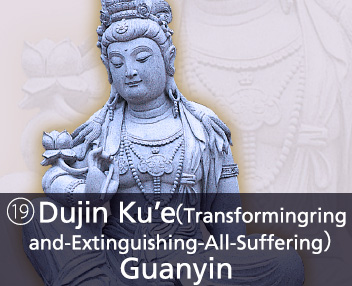
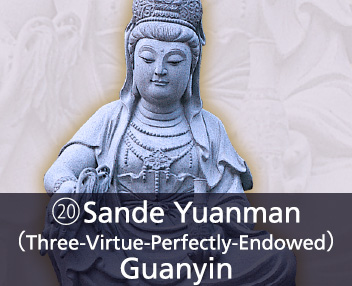
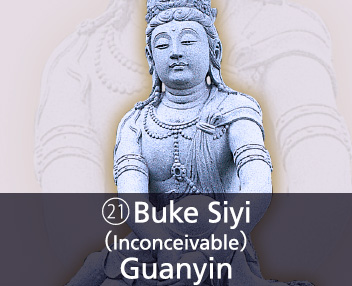
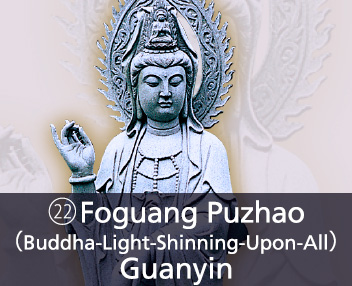
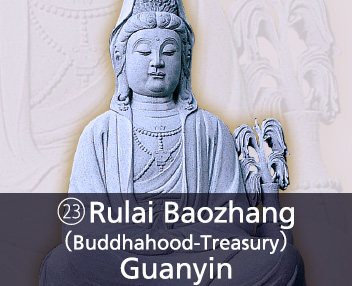
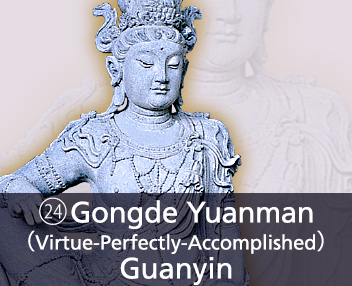
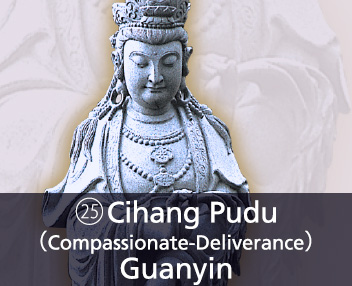
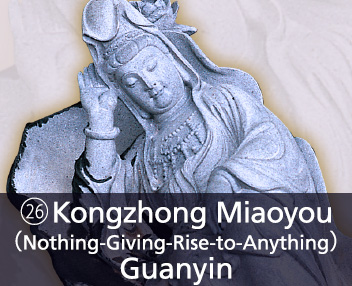
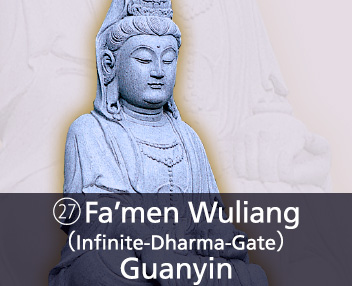
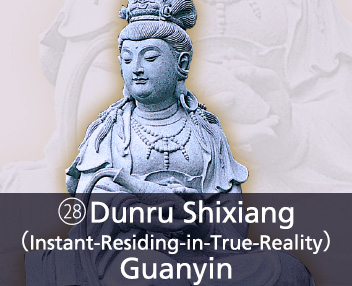
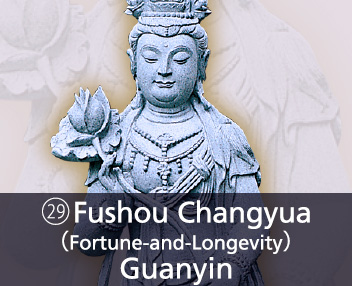
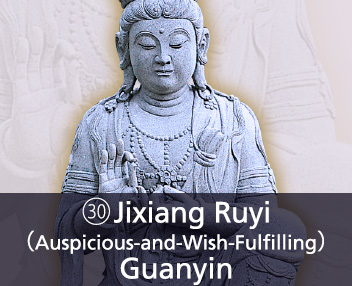
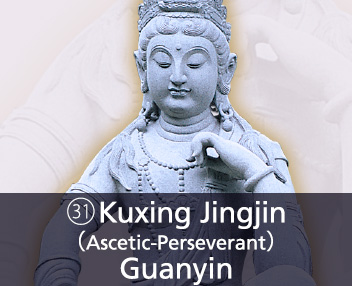
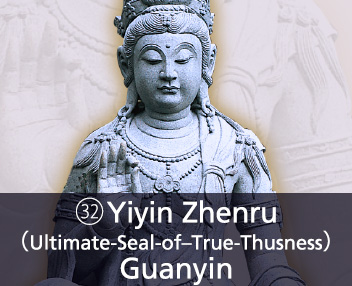






 , All Rights Reserved.
, All Rights Reserved.